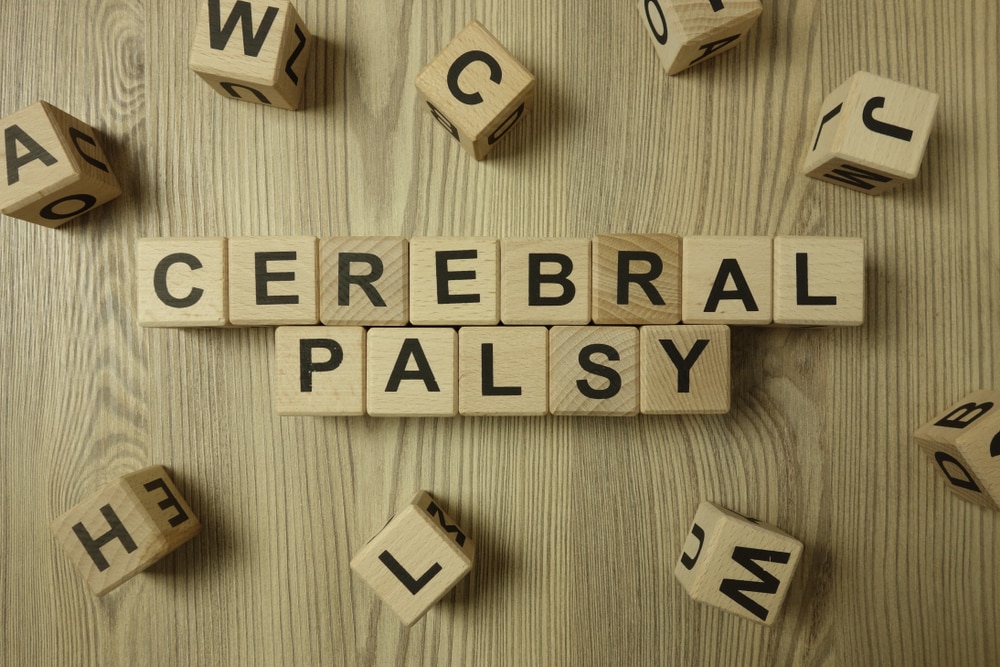
Is Cerebral Palsy Preventable?
Each year, more than 10,000 children are diagnosed with cerebral palsy (CP). CP is the most common motor disorder affecting children in the United States. When a child is diagnosed with CP, it is only natural for parents to question “why” and “how” this happens. Many parents also question, “is cerebral palsy preventable?”
What Causes Cerebral Palsy?
Cerebral palsy is the result of brain damage either before, during or shortly after birth. Brain damage that causes cerebral palsy may be congenital or acquired. There are also cases where CP is caused by a birth injury.
Congenital CP
Congenital CP is CP that develops before or during childbirth. According to the Centers for Disease Control and Prevention (CDC), 85-90 percent of CP cases are congenital. Causes of congenital CP include:
- Maternal infections
- Multiples (twins, triplets, etc.)
- Low birth weight
- Premature birth
- Infertility treatments
- Jaundice
- Birth complications (umbilical cord problems, uterine rupture, placental problems, etc.)
It is important for parents to remember that if you experience one of these possible causes of congenital CP it does not mean that your child will have CP. These are risk factors that are often connected to congenital CP.
Acquired CP
Acquired CP occurs when the infant experiences brain damage 28 or more days after birth. This type of CP is much less common than congenital, affecting around 20 percent of people with CP. Causes of acquired CP include:
- Blood flow problems
- Low birth weight
- Traumatic head injuries
- Infections, such as encephalitis or meningitis
Most cases of acquired CP are due to an infection or head injury. Just because your child suffers a head injury or illness does not mean that he or she will develop CP.
Birth Injuries that Cause CP
Sometimes brain damage before, during or after childbirth is the result of medical negligence. Birth injuries that cause CP include:
- Failure to order a Cesarean section (c-section) in a timely manner
- Failure to detect and correct umbilical cord problems
- Birth trauma due to forceful delivery
- Forceps delivery injury
- Vacuum extraction injury
- Failure to detect and treat infections in the mother or infant
- Failure to monitor fetal heartbeat and oxygen levels
One of the most serious injuries that can lead to CP is hypoxic-ischemic encephalopathy (HIE). HIE occurs when there is inadequate oxygen and blood flow to the brain. An HIE baby may experience a variety of brain dysfunctions, depending on how quickly treatment began.
When a doctor’s actions or inactions cause harm to an infant, it is medical malpractice. Parents should consult with a birth injury lawyer about their child’s experience as soon as possible. Doctors should be held accountable when their actions cause harm to a patient.
Is Cerebral Palsy Preventable?
It is completely understandable that parents ask “is cerebral palsy preventable?” Researchers continue to explore this question, the factors that lead to CP and possible ways of preventing it. Unfortunately, so far, there is no known way to completely prevent CP. However, there are some things that parents and doctors can do to reduce the risk.
Before Pregnancy
- Maintain a healthy lifestyle before pregnancy.
- Women who have infections or health conditions should make sure they are under control before conceiving.
- Women should be vaccinated for diseases like rubella and chickenpox, which can harm a developing infant.
- If infertility treatments are necessary, consider options to reduce the chance of multiples.
During Pregnancy
- Attend all prenatal appointments.
- Find out how to have a healthy pregnancy based on your lifestyle and health.
- Get a flu shot.
- Get Rh incompatibility testing.
- Discuss the risks of preterm delivery.
- Avoid contact with people who have contagious infections.
After Delivery
- Learn about your child’s delivery and any complications.
- If your delivery was complicated, or your child was injured, find out the details of what happened.
- Learn about the signs of jaundice and when to get medical attention.
- Vaccinate your child against infections that cause meningitis and encephalitis.
- Prevent possible head injuries by using an appropriate car seat, child-proofing your home and carefully watching children and infants.
- Talk to your child’s healthcare provider if it seems like your child is not meeting milestones.
These measures may not guarantee that your child will not develop CP. However, they are the first step in making sure that you have as healthy a pregnancy and delivery as possible. Furthermore, they can help you feel confident that your newborn is healthy and on the right track.
You should talk to your doctor openly about your child’s cerebral palsy prognosis. Every child is different, and there are many factors to consider when planning for your child’s future care.
Learn More about Cerebral Palsy
Is cerebral palsy preventable? Ultimately, the answer seems to be “maybe.” There are certainly genetic and congenital factors that are outside of parental and healthcare provider control. However, CP that is the result of birth injuries and medical malpractice is preventable. Birth injuries caused by a healthcare provider’s negligence should never happen. These injuries are unacceptable.
If your child has been diagnosed with CP and your situation is similar to the birth injuries described above, contact Birth Injury Guide. We can help you learn more about CP, birth injuries and your legal rights. To learn more, call us at 1-877-415-6603.

